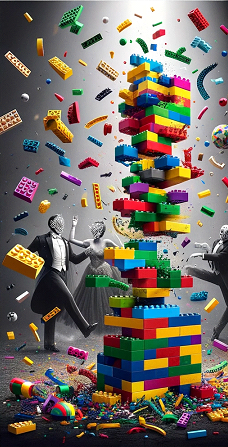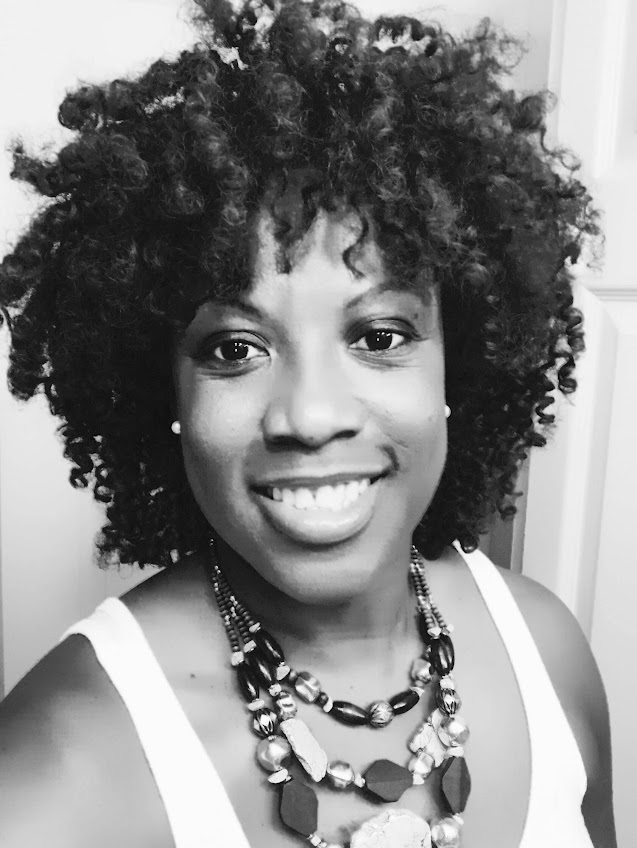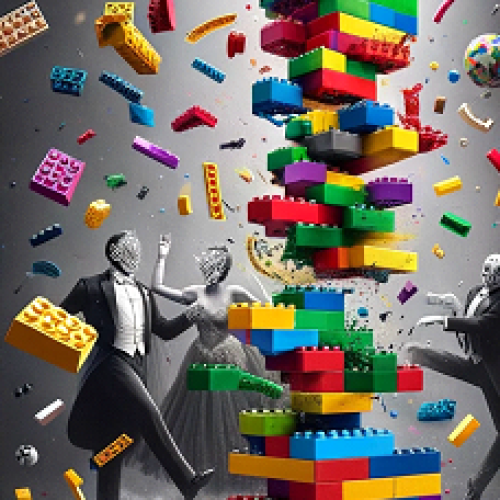🕊️ How Silence Is a Symptom — And a Form of Survival
By Natasha Charles McQueen, Ph.D.
People die in silence every single day.
Not because they were not in pain.
Not because they did not give signals.
But because no one knew how to listen without needing words.
Let me speak plainly:
Silence is not nothing. Silence is the scar tissue of speech that was never safe.
In hospitals, silence is labeled as “non-compliant.”
In schools, it is punished as “defiance.”
In courtrooms, it is mistaken for guilt.
In mental health systems, it is ignored — until it becomes loud enough to terrify someone.
And by then, it is often too late.
🩸 Silence is what you do when you cannot scream.
When your mouth remembers violence.
When your voice has been punished.
When you are too tired to advocate for yourself one more time.
When every word feels like it will betray the truth living in your chest.
Some people experience panic attacks.
Some people lash out.
Some people collapse.
And some people — go quiet.
Stillness is not always calm.
Silence is not peace.
Sometimes, silence is a scream stuck in the throat of a body that has been carrying too much for too long.
🚨 Silence is an emergency.
But the sirens do not go off.
There is no blood. No bruises. No broken glass.
Just a look.
Just a breath held a little too long.
Just someone staring through you, trying not to drown in a room full of people.
There are no emergency services for heartbreak.
There are no ambulances for despair.
But we need them.
We need a 911 for the soul.
That is why I created RESET & S.P.A.C.E.
Because silence is often the first symptom — and if we do not learn to respond to it with the same urgency we give to a heart attack, people will keep dying with no one to name what happened.
📡 Silence Speaks
In the systems I train, we read silence the way we read vitals.
We look for it. We respect it. We respond to it.
We ask:
-
Did their voice change?
-
Did their pacing stop?
-
Are their eyes going vacant?
-
Did the music stop? Did the rocking begin?
-
Did their energy shift without warning?
Because the body always speaks before the collapse.
And silence is a form of fluency we must learn to read.
👁️🗨️ Why We Miss It
We miss silence because we are afraid of it.
We rush to fill it.
We mistake it for peace.
We reward the quiet child.
We trust the calm inmate.
We discharge the soft-spoken patient.
But silence can be a survival strategy.
Especially for those who were never allowed to fall apart out loud.
🔒 For Some of Us, Silence Is Culture
Let us be real.
Some communities are raised in survival so deep that silence becomes the baseline.
-
In Black families: “Do not tell anybody our business.”
-
In immigrant households: “Be grateful and do not complain.”
-
In institutions: “Keep your head down or you will get hurt.”
So we learn to cry quietly.
To freeze instead of fight.
To smile while dying inside.
To become fluent in silence because the world never respected our noise.
And if you are Black, brown, queer, trans, disabled, neurodivergent — you may already know:
Silence is not absence. It is protection. It is protest. It is sacred.
🧠 In Clinical Spaces, Silence Becomes Dangerous
Because when a person goes silent, the system goes blank.
Most therapists are not trained to treat the quiet.
They are trained to ask. To probe. To diagnose. To measure.
But what if the silence is the diagnosis?
What if the absence of words is the loudest data point in the room?
🌱 So What Do We Do?
We listen with everything else.
With breath.
With rhythm.
With pacing.
With presence.
With object, scent, sound, and sacred pause.
We say:
-
“You do not have to speak to be seen.”
-
“Your silence is safe here.”
-
“I am listening with more than my ears.”
-
“Let us breathe instead of talk.”
We sit. We mirror. We wait.
Not as a power move.
But as permission.
As protection.
As response.
🔮 And If You Are Silent Right Now…
I want to speak to you — directly.
You are not broken.
You are not failing.
You are not unreachable.
You are brilliant for surviving.
And if silence is the only thing keeping you alive — keep it.
Let it hold you.
Let it shield you.
Let it rock you gently until your voice comes back on your terms.
And when it does?
If it does?
We will be here.
Still listening.
Still with you.
No pressure. No timeline. Just space.
🌌 Final Word: Silence Is a Signal
We must stop waiting for the collapse.
We must stop punishing quiet.
We must stop treating silence like absence.
Because silence is not the opposite of communication —
it is its own language.
A language of protection.
A language of pain.
A language of sacred holding.
So the next time someone goes quiet, ask yourself:
“What is this silence saying?”
And respond like it is urgent.
Because it is.
🕊️



